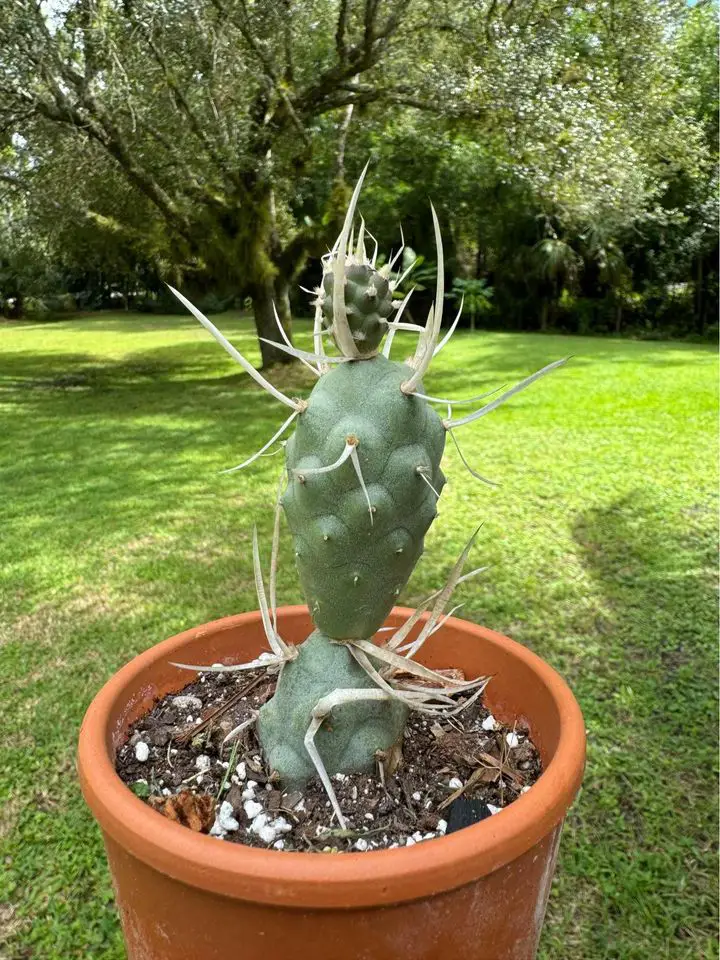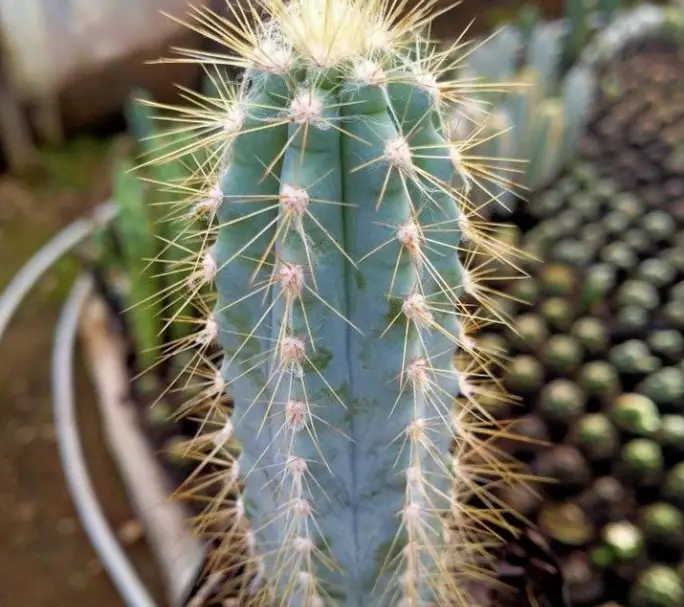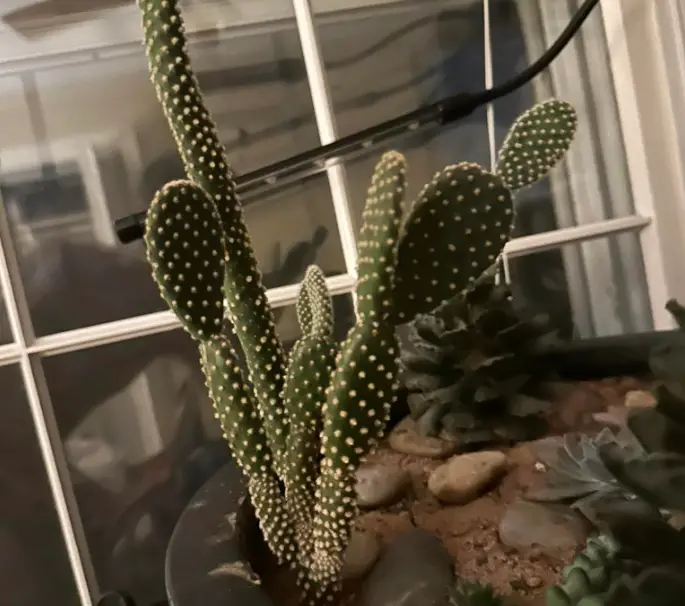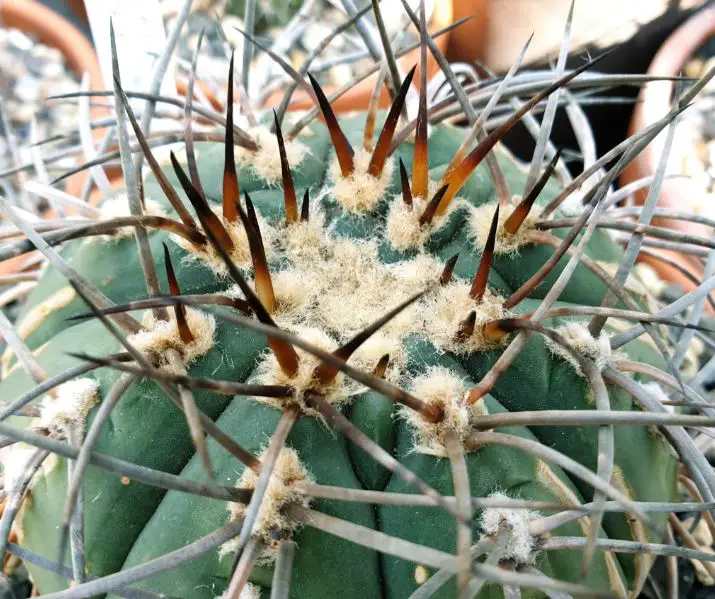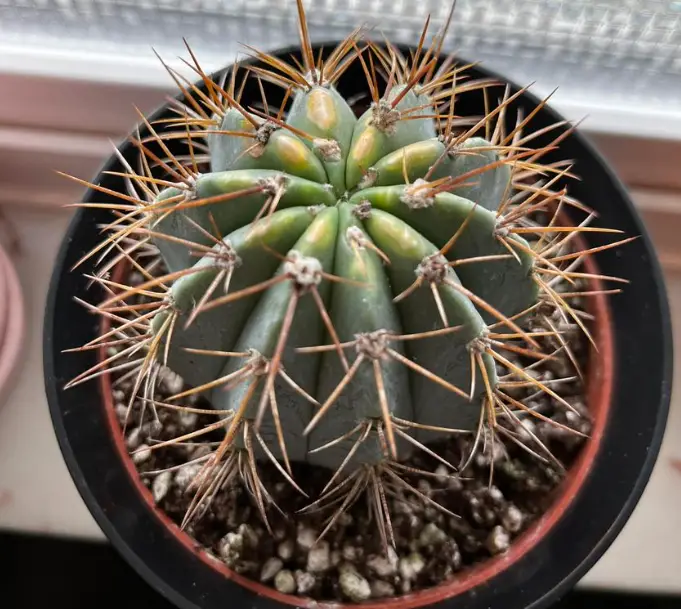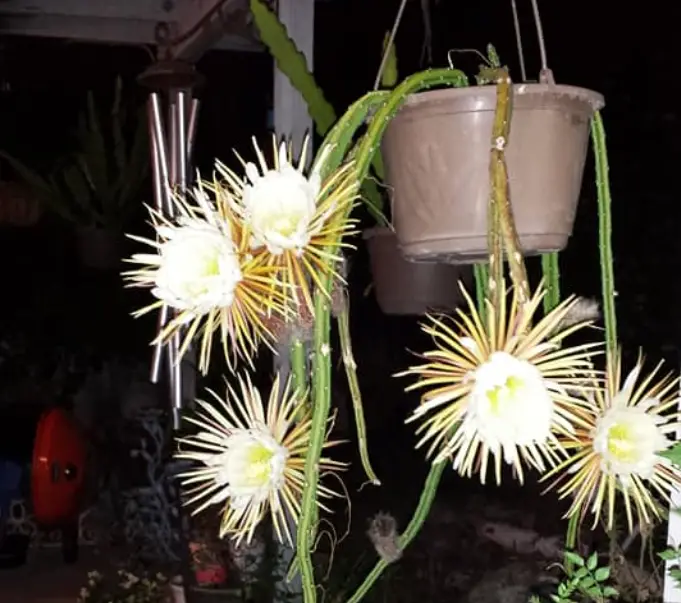1-9: List of Animals that Eat Cactus Plants
I have always wondered what eats my cactus. In spite of thorns, it seems some animals use cacti plants for food and shelter. Many rodents, birds, and mammals rely on the flowers, fruits, and stems of cacti for survival. Cactus is also a great source of water for most desert organisms.
For birds, cactus is not only a source of food but a good place for shelter. They feel protected when they nest deep in the thorns of a cactus. Gila woodpeckers even go to the extent of digging nesting holes in cacti plants.
Some types of cacti are also beneficial to humans. Prickly pear cactus fruit and dragon fruit for example are highly nutritious. Some cactus plants are said to have anti-inflammatory and antiviral properties thus useful in treating some ailments.
What animals eat cactus?
Several animals have adapted to feeding on cactus plants without side effects or harm from the thorns. However, some cactus plants containing toxic compounds are unpalatable to animals. It is a mechanism that makes them survive in the jungle.
Here is a list of animals that feed on cactus plants.
Ground squirrels
Squirrels can brave sharp spines to get a bite of a cactus. I noticed that they like prickly pear cacti so much. They target nectar during blooming and the fruits when they ripen. Opuntia fruits have great moisture and nutrients that attract many animals.
Like most rodents, squirrels prefer to feed in the early morning or late afternoon. They are fond of creating mounds near their source of food. So, you may find holes near the cactus. During the day squirrels relax in their burrows as they hide from the hot sun.
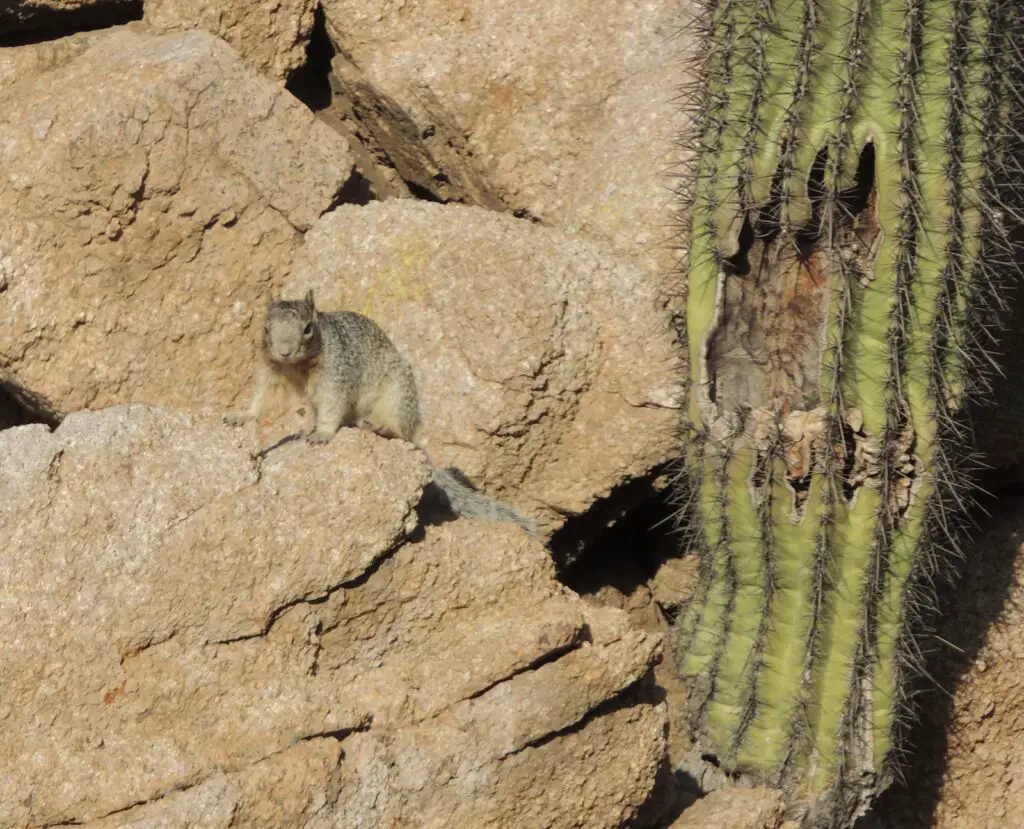
Prairie dogs
Prairie dogs are mid-sized rodents closely related to ground squirrels. They commonly occur throughout the prairie states of middle North America. These burrowing creatures eat succulents, grass, leaves, seeds, and roots of several plants for moisture and nutrients.
Like their cousins, prairie dogs reside in burrows below ground. So they create holes that can be destructive in most landscaping. When evening comes they venture above ground to feed. Prairie dogs also eat grasshoppers, cutworms, beetles, and other bugs.
Javelinas
Javelinas are desert animals that feed on a variety of plants including spiny cactus plants. They can chew on stems, flowers, fruits, and even roots. They also love to eat mesquite beans and other succulent vegetation. Prickly pear cactus is actually one of their favorites.
During the summer, Javelinas are most active in the early morning and early evening when the weather is cool. In winter, these pig-like creatures can be seen feeding during the day as they take advantage of the sun’s warmth.
Woodrats
Woodrats particularly the white-throated variety eat cactus and other succulents to obtain moisture and nutrients. Some of their favorites include the prickly pear, cholla cacti, and yucca plants. However, they can eat just any plant in their surroundings.
Woodrats are often active during the night. They can build their nests on trees or underground where they operate. You may also find them in cabbage, woodpiles, or hiding in behind appliances in your home. So, your houseplants may not be spared with packrats around.
Gila woodpeckers
Gila woodpeckers are among the animals that eat cactus and also make their nest in it. They especially like saguaro and prickly pear cactus fruits. The sweet red meat and hundred of seeds makes a great source of nutrients and moisture to these intelligent birds.
In the wild, Gila woodpeckers will also eat insects, mistletoe berries, and other seasonal fruits. These birds are most active during the day, especially in the early morning and late afternoon. You can easily spot them from their loud noises and rolling callings.
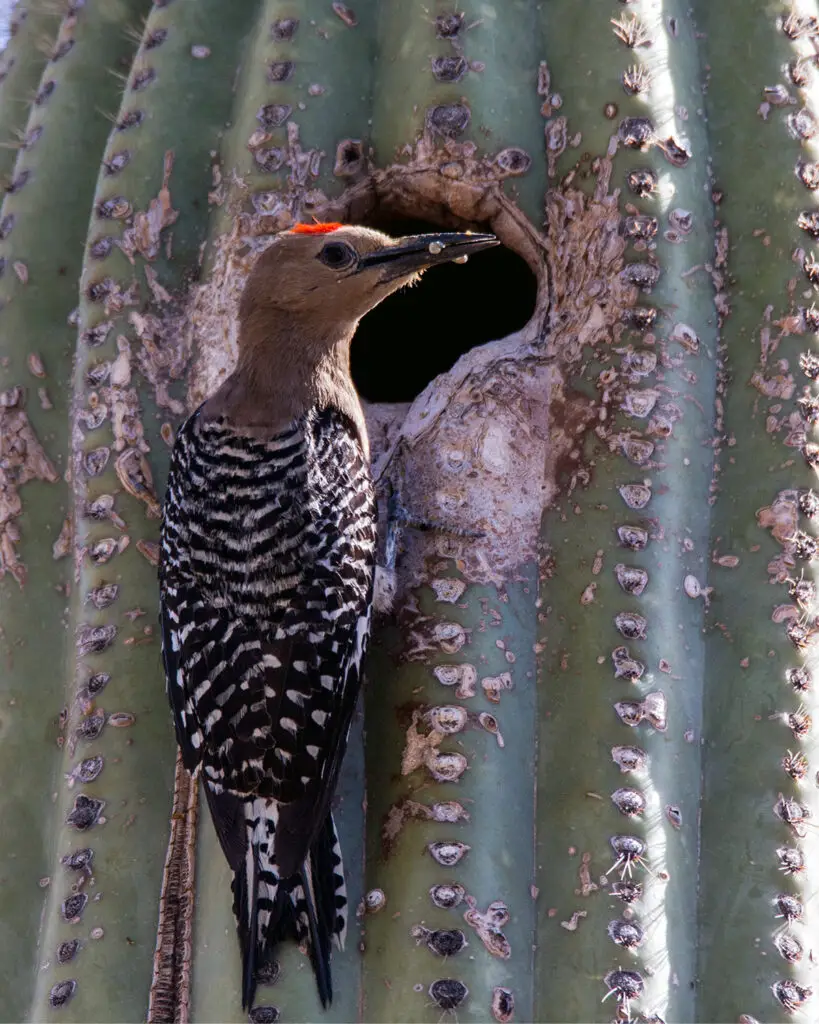
Jackrabbits
Jackrabbits are a type of hare native to the central and western United States. They also occur in some parts of northern Mexico. Being desert animals, jackrabbits feed on a variety of vegetation including cacti. They commonly emerge at dusk to eat and rest in the shade during the day.
Camel
Camels are desert animals and cacti are a vital part of their diet. Their tough tongue and palate make them consume even thorny cactus plants without getting hurt. Cacti provide camels with moisture and important nutrients that make them survive the arid conditions.
Coyotes
The coyote also known as the American jackal are versatile animals that feed on anything from insects to small mammals to fruits. Opuntia is one of the fruits they cherish. These dog-like creatures have developed a unique adaptation that resists even the prickly cactus spines.
Like most canines, coyotes are most active during the night and in the early morning hours. They can also be seen during the day especially when hunting to feed their babies. Otherwise, they spend most of their daytime in holes that they dig or take over from other animals.
Bats
Cactus nectar is one of the main diets for bats. You will find them dipping their tubular noses deep into the flowers to obtain the sweet nectar. While feeding, they also help pollinate cactus flowers. Saguaro and organ pipe cacti are highly attractive to bats, especially during blooming.
Bats are nocturnal, meaning they are most active at night and sleep during the day. They have no specific nest but you can find them hanging with their heads down in caves, under the trees, in mines, abandoned structures, and many more.
Final thought
Cacti are unique plants that survive arid conditions. They can store water in their succulent stems for extended periods of time. This has made them a source of livelihood to many wild animals, especially in areas that experience severe droughts.
Unfortunately, when animals eat cactuses, they may end up causing damages that expose the plant to infections. An open wound can cause moisture and bacteria to enter the plant resulting in rot. This has resulted in some species going extinct.
If animals are eating your cactus, the ideal way to keep them off is by constructing a fence around your garden. However, birds and rodents may still find a way to sneak in to enjoy sweet nectar or juicy fruits. I recommend using safe animal repellents.
My name is Diane M Lewik, and I am the founder of this website. I am a degree holder in plant biology from the University of California – Berkeley. Over the years, I have cultivated a vast collection of succulents and I have learned a great deal about how to grow and care for these unique plants. Feel free to ask any questions in the comment section below.
